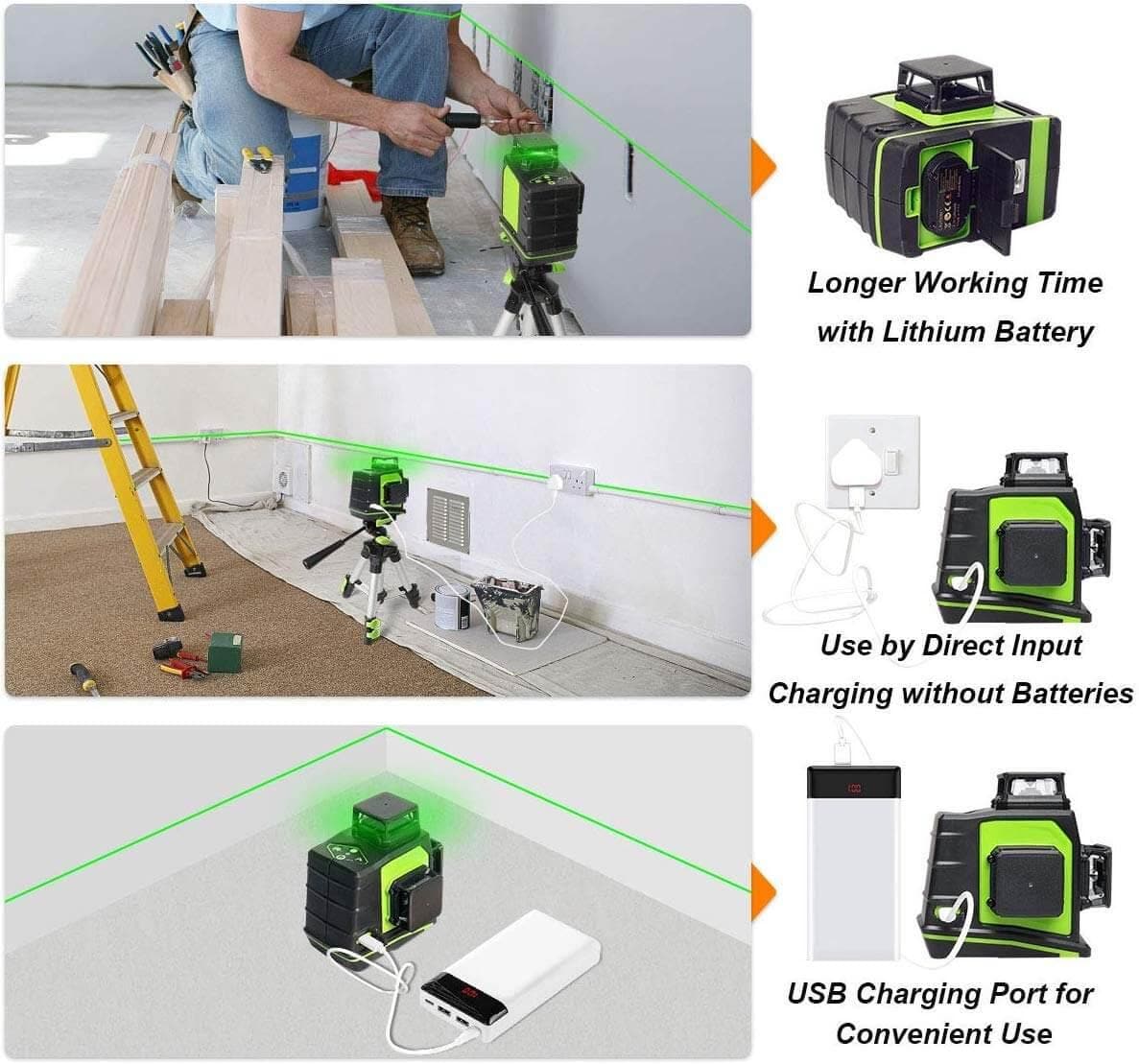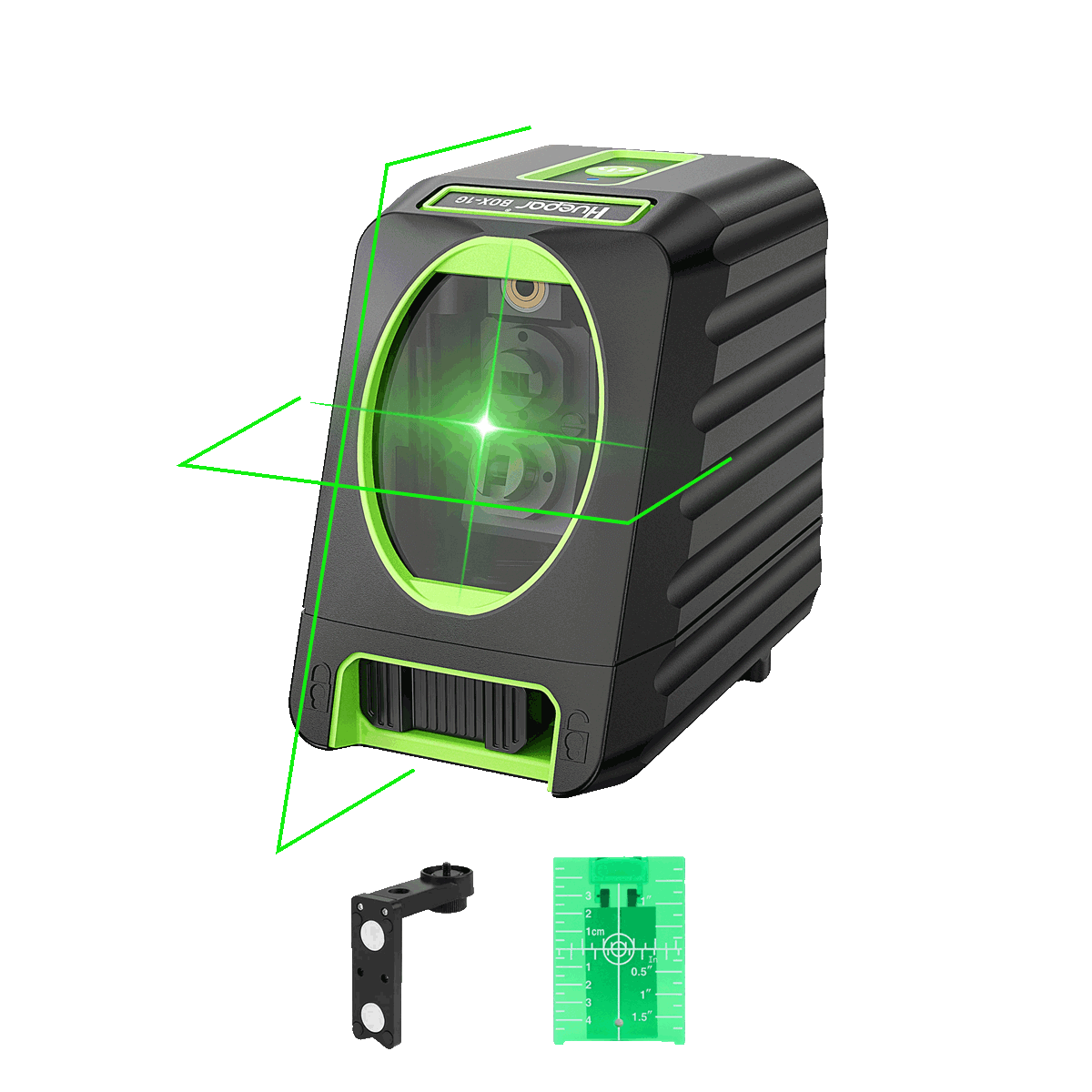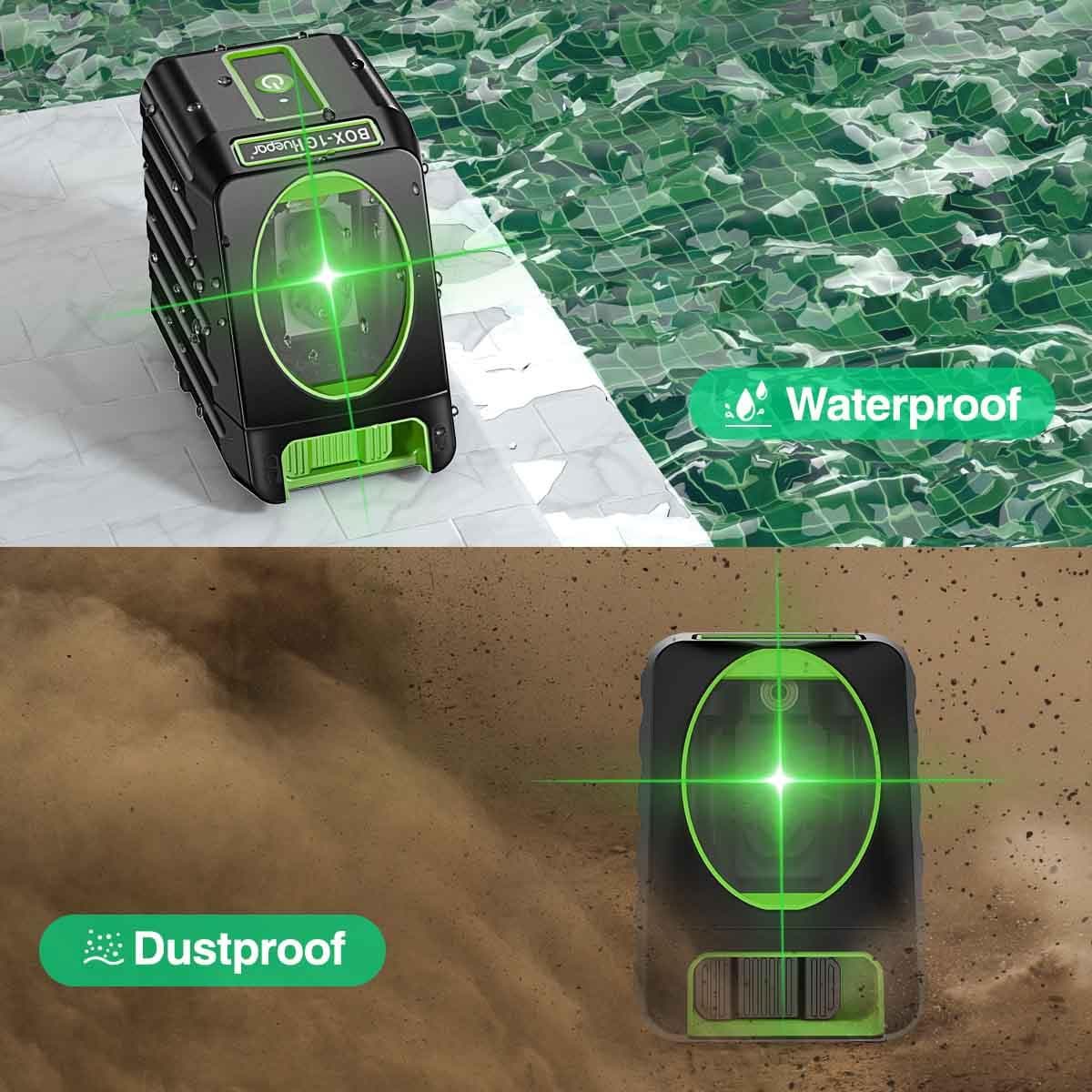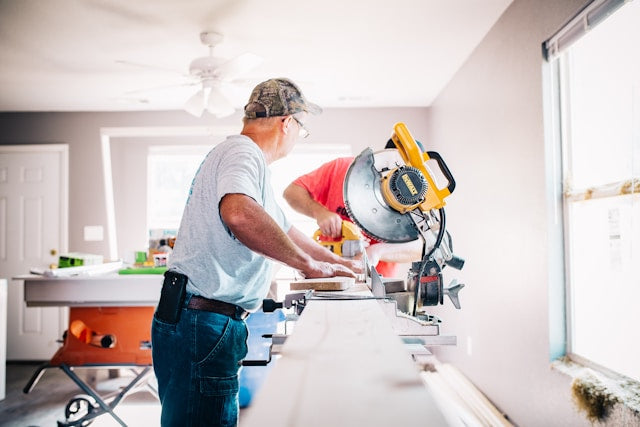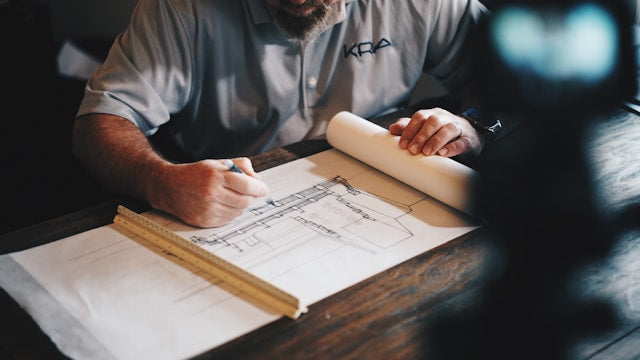
Using String Line Levels for Various Construction Applications
What is a String Line Level and How Does it Work?
A string line level is a simple yet effective tool used for construction and leveling. It consists of a little spirit level or line level vial fixed upon a closely taut line or string between two ends. The vial contains air bubble and liquid and through this, you are able to identify when the line is perfectly level.

Unlike expensive laser levels, the string level offers a very economical way of attaining precise leveling for longer distances. The straightforward physics used by the string line method involves the fact when the string is taut and the vial shows a centered bubble, the whole line end-to-end is level.
String line levels are versatile enough to be used for a wide variety of work including paver installation, concrete pouring, installing fences, and leveling the ground. When properly set and used with proper technique, this little device can give your job a level solid base. It is also very portable for the job site because it is compact and does not need much equipment.
Step-by-Step Guide for Using String Line Levels
To use a string line level effectively, you'll need to gather a few materials first:
- String line level
- String or mason line
- Tape measure
- Stakes or bobs
Once you have the necessary items, follow these steps:
-
Set Up Stakes or Bobs: Insert stakes or set bobs at the two points where you desire the level line. Ensure the stakes are firmly in the ground.
-
Attach the String: Tighten the string securely between the two stakes with proper tension but not loosely. Fine-tune the positions of the stakes as necessary to achieve the proper tension.
-
Secure the Line Level: Clip or attach the string line level on the tight string, positioning it where you need to take measurements.
-
Adjust String Tension: Draw the string slowly back and forth and slacken it into place with the line level bubble centered with a level line.
-
Read the Level: With the line level bubble centered, you can now use the markings on the level to determine the relative elevation between the two stakes. This allows you to measure and mark level points along the string's path.
-
Repeat and Verify: For increased accuracy, you may want to reposition the line level at multiple points along the string to verify the level reading. Adjust the string tension as needed.
By following this step-by-step process precisely, you can establish an accurate level line using the simple yet effective string line level tool.

Using String Line Levels for Paver and Patio Installation
String line levels are the basic instrument for making the ground level and flat while installing the pavers or constructing a patio. The following are the step-by-step instructions to follow:
-
Prepare the Area: Begin by removing any debris, vegetation, or items from the site. Stakes and twine can be used to mark the perimeter of your patio or paver space.
-
Set Up String Lines: Drive the stakes into the ground spaced equally apart around the perimeter of the work site. Secure a taut string between the stakes in a grid pattern around the site.
-
Attach the Line Level: Secure the string level to the string with it level and taut securely. Adjust the position of the level where necessary to get a good reading.
-
Check Level in Multiple Directions: Measure the grade following the lines of the string in different directions, both the width and the length. Note the areas where the ground would need to be raised or dropped so the surface will be level.
-
Adjust the Base Depth: Use the line level marks as a guideline to determine the quantity of base gravel or soil to be removed or added in different areas. Shovel or rake the base material as necessary to level the surface for your patio pavers or stones.
-
Verify Level and Make Adjustments: Periodically check the level across the entire area, making any necessary adjustments to the base material depth. Compact the base material thoroughly before proceeding with paver or patio stone installation.
-
Install Pavers or Patio Stones: With a level base now behind us, we can begin installing your patio pavers or patio stones following the instructions provided with the product and maintaining a level with each step.
With a string line level and the following steps, it's easy enough to get that professional finish, smooth surface for your patio or paver job and prevent potential future issues with uneven settlement or tripping.
Leveling Ground with String Line Levels
A string line level is a quick and cheap process of leveling the ground for various operations including site grading for a shed, deck, or landscaping. The process for leveling the ground with this tool is as follows:
-
Identify the Highest Elevation Point: Start by finding the topmost point within the space where you are leveling. This will be your reference point.
-
Set Up Stakes and String: Set the stakes into the ground at the top point and the point where you would like the ground level. Tie a string between the two stakes firmly, securing it.
-
Attach and Adjust the Line Level: Add and level the Line Level: Set the string level onto the taut string and slide it along the string towards the middle where the bubble is centered, which indicates a level line between the two stakes.
-
Mark Level Points: Mark the string with marks at the level height you want, using a stake or marker. The marks will give you a reference point as to how much ground must be added or taken away.
-
Measure Depths for Leveling: Take measurements from the ground level to the level line made by the string at various points within the site. Depth measurements will give you the amount of soil needed to be removed or filled in order to level the ground.
-
Remove or Add Soil as Needed: According to the depth readings, use a rake or shovel to grade soil away from high ground or grade soil toward low ground as needed to bring the entire surface level with the string line.
-
Verify Level in Multiple Directions: Begin by moving the level around the surface in different directions to ensure that you've got a level surface overall.
By doing the following with a string line level, you will accurately level ground for any outdoor building project and with less effort and time than would be needed with eyeballing the work. The string line level gives you a solid reference line to work from.
Other String Line Level Applications and Tips
String line levels are highly versatile instruments and are also used for many other home improvement and construction jobs apart from the laying of pavers and ground leveling. Some of the other frequent uses are:
-
Fencing Installation: String lines help ensure fence posts are properly spaced and level, creating a straight and even fence line.
-
Deck Building: When building a deck, string lines allow you to level the surface and ensure the deck boards are evenly spaced and aligned.
-
Foundation and Slab Work: For pouring concrete foundations or slabs, string lines provide accurate leveling over a large area.
-
Framing Walls and Ceilings: In construction, string lines can be used to ensure walls are plumb (vertically level) and ceilings are level.
To achieve the best accuracy with string line levels, here are some helpful tips:
-
Work as a team if possible. Having one person hold each end of the string taut makes adjustments easier.
-
Use high-quality string that doesn't stretch and sturdy stakes to secure the string in place.
-
Mark measurements directly on the string with a pencil or chalk rather than measuring each time.
-
Double-check your level readings from multiple angles to catch any discrepancies.
-
For very precise work, consider using a transit level or laser level instead of a string level.
With practice and a little bit of patience, string line levels are compact and economical instruments yielding precise leveling results for any home or construction site undertaking.



